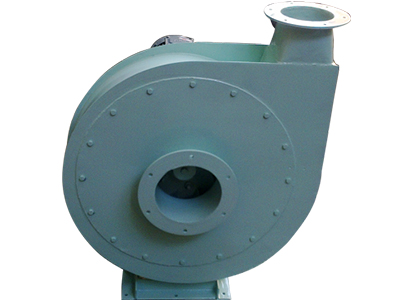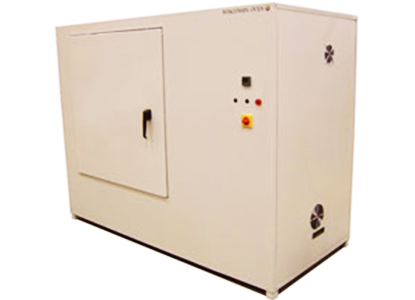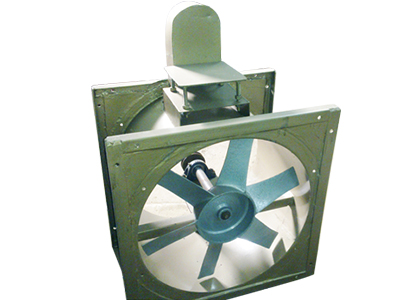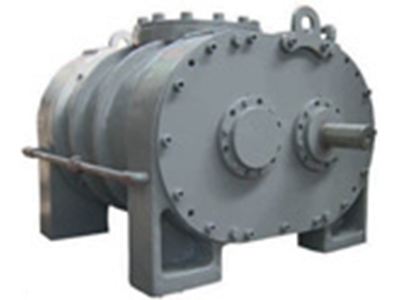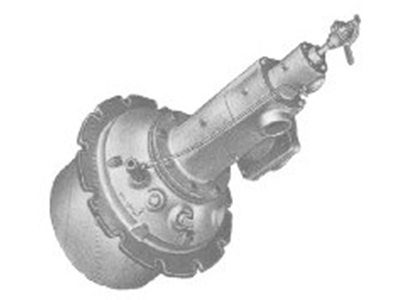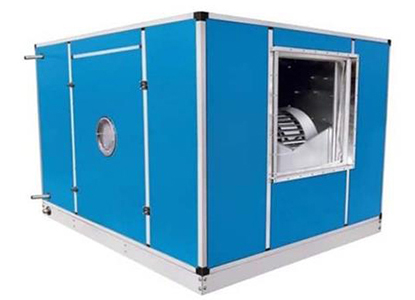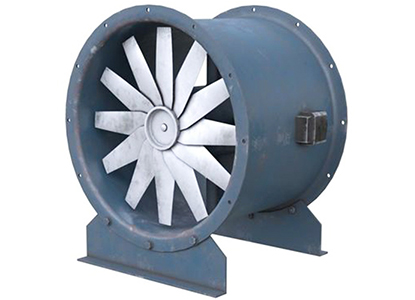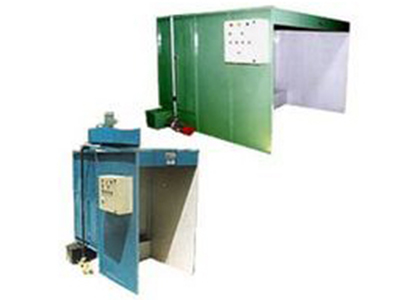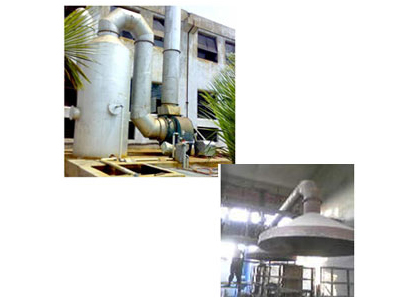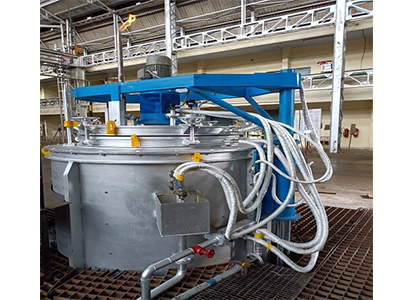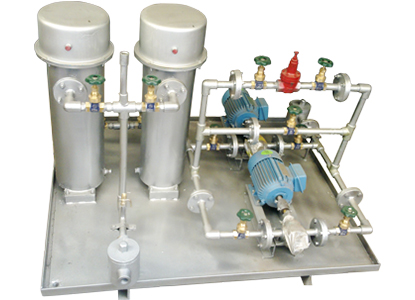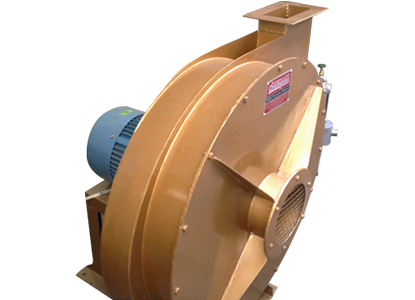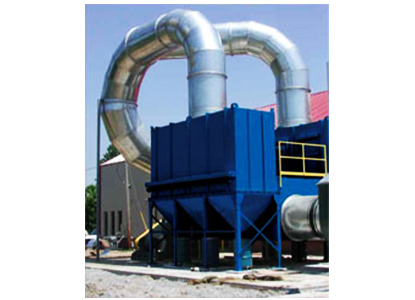
Industrial Dust Collection Systems: Efficient, Cost-Effective Solutions for Clean Air
A single large central dust collector system can often replace multiple smaller air cleaners, providing comprehensive dust collection for an entire industrial facility. This centralized approach ensures cleaner air, reduces maintenance efforts, and offers significant cost savings, all while meeting health and environmental standards.
Dust Collectors
Our diverse range of dust collectors is designed to effectively filter dust from polluted air created by various industrial processes, ensuring the discharge of clean, breathable air. With cutting-edge technology, our dust collectors are built to withstand demanding applications, and they come at competitive prices. Easy to install, clean, and maintain, these systems protect workers from harmful exposure to airborne dust, recover valuable products from dust-laden air, and help businesses comply with stringent health and air emission standards.
We offer a variety of dust collection solutions tailored to different air pollution challenges, including:
-
Air Washers and Scrubbers
-
Electrostatic Precipitators
-
Cartridge Dust Collectors
-
Inertial Separators
-
Baghouse Collectors
-
Timer, Cages, Clamps, Diaphragm Valves, Rotary Airlocks
-
Venturi, Blow Pipes, Housing, Clean Air Plenum & Outlet
-
Slide Gates, Seals, Drums & Drum Dollies
Central Dust Collection System
A central dust collection system integrates large, efficient dust collectors (such as baghouses or cartridge filters) with pre-separators like cyclones or drop-out boxes to handle dust removal for an entire facility. The pre-separator eliminates larger particles, while the main filtration system captures the fine dust. The collected dust is stored in bins or drums for easy removal.
These systems typically include automatic cleaning features such as mechanical shaking or pulse air cleaning, ensuring continuous operation without manual intervention. Electrostatic precipitators are less commonly used in large central systems due to their limited dust storage capacity, but they can be used in conjunction with central dust collectors to clean the atmospheric background dust not captured by the system.
Advantages of a Central Dust Collection System
-
Cost-Effective Equipment: While the initial investment in ductwork and installation may vary, a central dust collection system can often be more affordable than purchasing multiple smaller units. It simplifies the infrastructure and reduces long-term operational costs.
-
Streamlined Waste Removal: With centralized dust collection, waste dust is collected in bins, drawers, or hoppers at one location, making waste removal more efficient and cost-effective compared to dealing with multiple waste removal points across the facility.
-
Simplified Filter Replacement: Replacing filters in a single central system is more economical and less labor-intensive than replacing filters in multiple individual dust collectors.
-
Lower Energy Consumption: Operating one large dust collector requires less energy compared to powering several smaller units. This leads to reduced energy bills and a more efficient operation.
-
Reduced Noise Pollution: A central dust collection system consolidates the noise of several dust collector motors and blowers into one unit, which can be isolated in a separate area, reducing noise exposure to workers.
-
Maintenance Efficiency: While maintaining a central system means dealing with fewer components, it also comes with the risk of a facility-wide downtime if the system fails. However, it is often simpler and more cost-effective than maintaining multiple smaller units.
Key Takeaways
A central dust collection system offers numerous benefits, including lower upfront costs, reduced energy consumption, and simplified maintenance. It provides an efficient and environmentally friendly solution for managing industrial air pollution and improving air quality in the workplace. By consolidating dust collection into a single system, businesses can achieve significant operational savings, streamline waste management, and ensure compliance with health and air emission standards.





